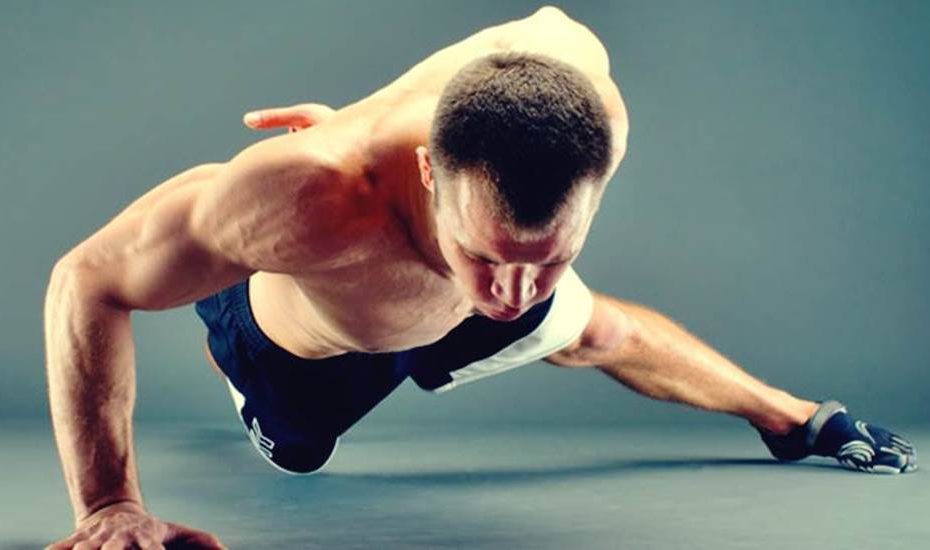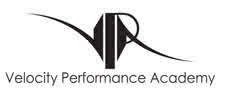Breathing correctly has many benefits for our body. We are going to see how to improve our breathing, to obtain more energy and therefore obtain more strength.

The Example of One-Arm Bending
Some of the more difficult feats of endurance don’t involve any weight at all. To master the one-hand push-up and one-leg squat, you have to dig deep and find new sources of energy.
All the most powerful entities in the universe find the source of their energy from the inside out. Our planet relies on its heat core to maintain a sufficiently warm surface temperature to sustain life.
A volcano is calm on the surface, but it could wipe out every living thing for miles if it erupts. When an atomic bomb is detonated, the explosion starts in the center and expands …
If you ever want to do a one-arm push-up, pistol squats (one-legged), or some high-level calisthenic movement: you’re going to have to learn to harness the energy and forces that are within you.
In bodybuilding it is common to try to isolate individual muscles or muscle groups, but also in advanced body training, it is imperative to approach everything as a cohesive unit.
When doing a pushup, your chest, shoulders, and triceps do most of the work, but your lats, traps, and rhomboids should act as stabilizers so you can maintain proper form.
The glutes, lower back, and abs also have to work together to keep the body straight. This synergy is the difference between a good push-up form and a bad one.
You may not realize how much your entire body is involved in a basic, conjunctive movement, such as a push-up. But if you try to perform a single push-up (with one arm), you will immediately see that you are going to have to use all the muscles of your entire body for this to happen. It all starts from the inside out, with your breath.
Beginner Abdominal Breathing
It may sound ridiculous, but most people don’t know how to breathe properly.
You get enough air in your lungs to stay alive, but when was the last time you really filled them fully or emptied them completely? There is a world of power in the breath! Learn to harness it, and you’ll be one step closer to mastering bodyweight training.
Everyone knows that abs are a crucial part of core strength, and most are aware of the role of strong obliques.
Smart trainers also point out the importance of the back muscles in overall core strength as they act as an antagonist to the abs. However, there is another potent antagonist to the abdominals that is often overlooked: the diaphragm.
The diaphragm is a powerful muscle within the abdomen that controls breathing. Based on that function alone, it is one of the most important muscles in the body.
During inhalation, the diaphragm contracts, creating space for your lungs to expand.
Try taking deep breaths and taking a big breath right now. Did your chest rise? Should not. Proper activation of the diaphragm signals deep belly breathing.
If you are having a hard time finding a way to breathe through your abdomen, stand up with one hand on your stomach.
Next, take a deep breath, trying to expand your abdomen against your hand. It may take some trial and error to find out, in case your chest or shoulders are rising, breathe out and try again.
This will make instant sense to some of you. For others, it will be different from what you are used to. But with practice, over time you should be able to take a big breath out of your belly without your chest or shoulders moving at all.
Static Electricity
Once you figure out how to carry out basic breathing, the next step is to exhale deeply, while contracting your core from the inside.
There is an opening inside your throat called the glottis that can block the air leaving the lungs. Use it as a built-in pressure valve to allow air to gradually seep in as you tighten your abdominal contraction.
Practicing this technique will help you learn to control your breathing and use your diaphragm and glottis to tense your body from the inside out.
If you are going to try to tense all the muscles one by one while breathing normally, you will quickly find that you do not have enough room for energy. However, if your energy comes from within, it is possible to achieve a kind of tension throughout the body that ties everything together, from feet to toes.
Probably the best way to practice and develop this type of total body tension is through exercises such as the static isometric plank. Try using the breathing technique you just practiced during the isometric plank.
Focus on your breathing and begin to squeeze your whole body as you exhale: abs, glutes, inner thighs, quads, everything.
Once you have the feeling of creating whole body tension, you are ready to transfer that new power to harder movements like the one leg squat or elbow levers.
When progressing to something more difficult, don’t be surprised if some muscles are involved in ways you didn’t expect. New movements can also cause you to have pain in surprising places.
Waiting for A Breath
Breath control is great for keeping your training static, but it’s also essential when practicing difficult dynamic exercises, such as the one-foot squat and one-arm push-up.
The Valsalva maneuver is a well-known breathing technique in powerlifting circles, and it can be very useful in body training as well.
The technique involves using the diaphragm to create an air bubble in the abdomen, which stabilizes the torso during heavy lifting.
Because you have to hold your breath while doing it, the technique is often discouraged by fitness professionals. In fact, the first time I saw the term “Valsalva maneuver” it was in a popular personal training book warning about the dangers of using technique for barbell workouts.
Now Combine Everything to Breathe Properly
To use the Valsalva maneuver during the one-arm push-up or one-foot squat, inhale into your abdomen during the lowering phase of the movement.
Hold your breath briefly at the bottom and hold it there as you begin to climb. Wait to exhale until you are just below mid-height, the “plateau point,” as it is often known.
The air bubble in the abdomen will help stabilize the spine during the critical transition point.
The breath does not need to be held for more than a second or two for each repetition. Longer, it could have adverse effects, but the movement should not require more time.
It may seem obvious since we are talking about difficult movements like pushups and squats, but the Valsalva technique works best when applied to the lower rep ranges.
Doing lots of repetitions in a row could lead to a dangerous spike in your blood pressure.
Although learning to control your breath can help you harness your total body strength, there is no magic bullet here, or anywhere else in the fitness world.
These techniques can help, but there will never be a way to achieve advanced bodyweight feats without work.
It takes time and practice to achieve movements such as the one-arm push-up, pistol squats, or the human flag, but if you put your attitude, drive, time and learn to know your body, it is a journey that will be worth it.












